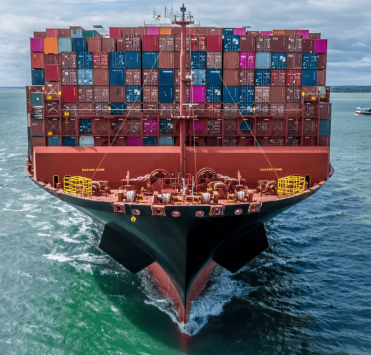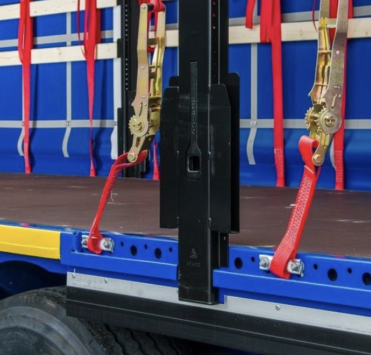Road freight transport rates in Europe in the first quarter of 2024

The Upply x Ti x IRU European Road Freight Rate Index for Europe shows that rates fell in the first quarter in both spot and contract markets.
The contract index fell to 127.6 points in the first quarter of 2024, down 2.6 points quarter-on-quarter (QoQ). The spot index fell to 123.9 points after a more modest 1.1 point drop in the quarter-on-quarter comparison. On a year-over-year basis, the spot index fell 8.2 points and the contract index declined 1.0 point. Low demand continues to depress spot rates, but the magnitude of the decline in spot rates is diminishing. This may indicate a less negative demand environment, which could lead to a normalisation of rates. Demand pressures are expected to continue to increase slightly. According to McKinsey, the European inflation rate of 2.4 per cent in March was the lowest in 33 months, leading to a 0.6 per cent increase in consumer confidence. The more stable demand picture reflected by these indicators prevented a sharp fall in spot rates.
Operating costs such as truck maintenance, insurance and tyre costs remain high compared to previous years, keeping costs and contract prices high.
Diesel prices have fallen across Europe from their highs last year, easing supply pressure. However, after a continuous fall seen in the fourth quarter of 2023, diesel prices have moderately increased since the beginning of the year, with the average diesel price at the petrol station up 3% at the end of the first quarter of 2024 compared to the beginning of January 2024.
According to Ti, the 2024 forecast assumes modest growth of 1.1% for the region in terms of road freight revenue market size. According to the latest IRU forecast, EU road freight volume growth is expected to improve by 0.4% year-on-year in 2024 (compared to -1.1% in 2023), driven by rising real wages (as inflation slows) and a strong labour market to support the recovery.
According to Ti, the forecast for 2024 assumes a modest growth of 1.1% for the region in terms of road freight revenue market size. According to the latest IRU forecast, EU road freight volume growth is expected to improve by 0.4% year-on-year in 2024 (compared to -1.1% in 2023), driven by rising real wages (as inflation slows) and a strong labour market to support the recovery.
The implementation of Directive (EU) 2022/362 amending the Eurovignette Directive is still ongoing and is adding to upward pressure on rates (especially in Germany). Following Germany, CO₂-based tariffs came into force in Austria and Hungary in January 2024 and in March in the Czech Republic. According to the companies responsible for managing road tolls in these countries, this means an increase of 7.4% (+0.033 EUR/km) for Austria, 40% (+0.158 EUR/km) for Hungary and 13% (+0.026 EUR/km) for the Czech Republic for a Euro VI tractor and semi-trailer used in Europe (which carries 63% of road freight transport in Europe).
Adjustments to road toll rates in the context of the revision of the Eurovignette Directive are expected in many European countries, starting with Sweden in May 2024 and Denmark next year. The Netherlands and Romania are expected to follow suit in 2026 and parts of Belgium in 2028. In France, where distance-based tolls operate under long-term concession contracts awarded to private operators, Directive (EU) 2022/362 will only apply to new and renewed concessions after 24 March 2022, which will be from 2032. However, it is envisaged that the possibility of introducing rate changes depending on the CO₂ emission performance of trucks on certain parts of the toll network (in particular on the A35 motorway near the German border) will be introduced from 2025.









